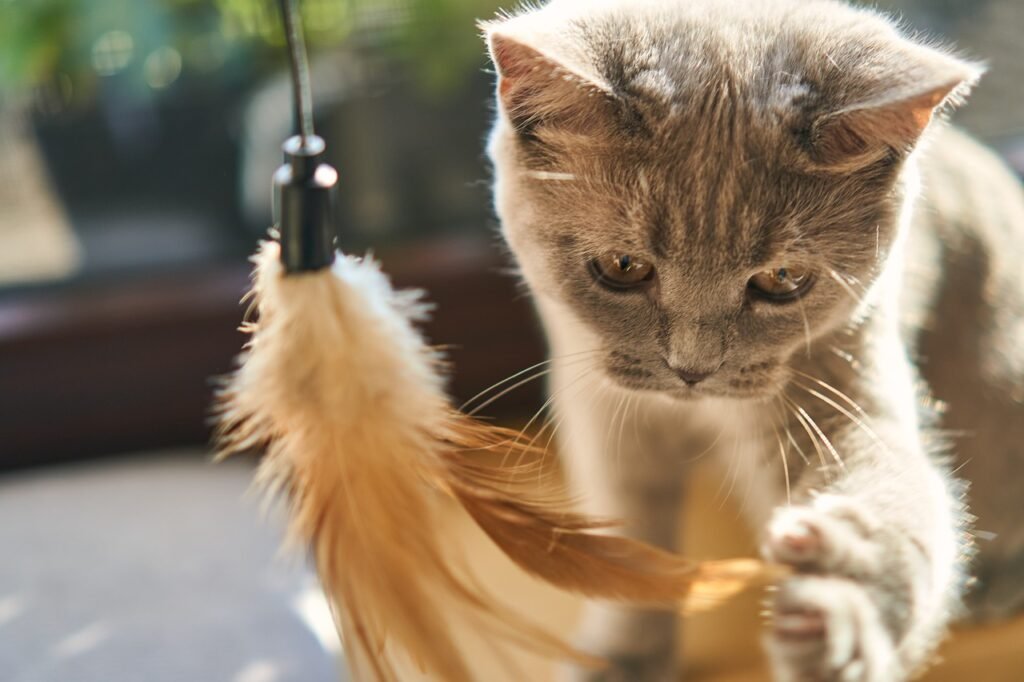
Cats are known for their meticulous grooming habits, often spending hours each day cleaning themselves. However, one area they may struggle to maintain on their own is their ears. As a responsible cat owner or groomer, it is crucial to understand the importance of ear cleaning and how to do it correctly. This guide will provide you with comprehensive insights into mastering cat ear cleaning, ensuring your feline friends remain healthy and happy.
Why Cat Ear Cleaning is Important
Ear cleaning is a vital aspect of feline grooming and hygiene. Cats’ ears are susceptible to various issues such as wax build-up, mites, infections, and even foreign bodies. If not addressed promptly, these conditions can lead to discomfort, hearing loss, and more severe health problems. Regular ear cleaning helps prevent these issues and allows you to detect any abnormalities early, ensuring prompt veterinary intervention when necessary.
Understanding the Anatomy of a Cat’s Ear
To effectively clean a cat’s ears, it is essential to understand their anatomy. A cat’s ear consists of three parts: the outer ear (pinna), the middle ear, and the inner ear. The pinna is the visible external part, which funnels sound into the ear canal. The ear canal is L-shaped, making it difficult for debris to escape naturally. This makes regular cleaning even more important, as build-up can lead to infections.
Signs Your Cat Needs Ear Cleaning
While regular ear cleaning is important, it is equally vital to recognize when your cat specifically needs it. Some signs that indicate a need for ear cleaning include:
– Excessive scratching or pawing at the ears
– Frequent head shaking
– Unpleasant odor emanating from the ears
– Visible wax or debris in the ear canal
– Redness or swelling around the ear
– Discharge or crusty residue
If you notice any of these signs, it’s time to inspect and clean your cat’s ears.
Essential Tools for Cat Ear Cleaning
Before you start cleaning your cat’s ears, gather the necessary tools to ensure a smooth process. Here’s a list of essentials:
– Cotton balls or pads: These are gentle on your cat’s ears and can effectively remove debris.
– Ear cleaning solution: Choose a vet-approved ear cleaner designed specifically for cats. Avoid using hydrogen peroxide or alcohol, as they can irritate.
– Towels: To keep your cat comfortable and to clean up any spills.
– Treats: To reward your cat before, during, and after the cleaning process for positive reinforcement.
Preparing Your Cat for Ear Cleaning
Before you begin, it’s crucial to make sure your cat is calm and comfortable. Here’s how you can prepare:
– Choose a quiet room with minimal distractions.
– Gently pet and soothe your cat to help them relax.
– Wrap your cat in a towel if they are prone to squirming, keeping only their head exposed.
– Offer treats to create a positive association with the process.
Step-by-Step Ear Cleaning Guide
Now that you’re prepared, follow these steps to clean your cat’s ears effectively:
Step 1: Inspect the Ears
Gently lift your cat’s ear flap and visually inspect the ear canal. Look for any signs of redness, swelling, or unusual discharge. If you notice anything concerning, consult your veterinarian before proceeding.
Step 2: Apply the Ear Cleaning Solution
Hold the ear cleaning solution bottle and gently squeeze a few drops into the ear canal. Be cautious not to insert the tip too deep. Allow the solution to fill the canal.
Step 3: Massage the Base of the Ear
Gently massage the base of the ear for about 20-30 seconds. This helps loosen the debris and wax inside the canal. You may hear a squishing sound, which is normal.
Step 4: Allow Your Cat to Shake Its Head
After massaging, let your cat shake its head. This helps dislodge the loosened debris from the ear canal.
Step 5: Wipe Away Debris
Use a cotton ball or pad to gently wipe away any debris or excess cleaning solution from the ear canal. Be careful not to push debris further inside.
Step 6: Repeat on the Other Ear
Follow the same steps for the other ear, ensuring both ears are clean and free of debris.
Post-Cleaning Care
Once you’ve finished cleaning your cat’s ears, reward them with treats and affection. This reinforces positive behavior and helps make future cleanings more manageable. Monitor your cat’s ears for any signs of irritation or discomfort. If you notice any adverse reactions, consult your veterinarian.
When to Seek Veterinary Assistance
While regular ear cleaning is essential, some situations require professional veterinary care:
– Persistent redness or swelling in the ears
– Foul-smelling discharge
– Visible wounds or injuries in or around the ears
– Continuous discomfort or pain despite cleaning
If you encounter any of these issues, seek veterinary advice promptly to prevent further complications.
Tips for Maintaining Healthy Ears
In addition to regular cleaning, there are several tips to help maintain your cat’s ear health:
– Regular grooming: Routine grooming helps prevent excess hair and debris from entering the ears.
– Balanced diet: A nutritious diet supports overall health, including ear health.
– Regular check-ups: Routine veterinary visits ensure any underlying issues are detected and treated early.
– Monitor behavior: Pay attention to your cat’s behavior and habits to catch any changes that may indicate ear problems.
Conclusion
Mastering cat ear cleaning is an essential skill for any cat owner or groomer. By understanding the importance of ear hygiene, recognizing when cleaning is necessary, and following proper techniques, you can help your feline companions maintain healthy ears and prevent potential health issues. Remember, a little care and attention go a long way in ensuring your cat’s well-being. Happy grooming!
#ChatGPT assisted in the creation of this article.






